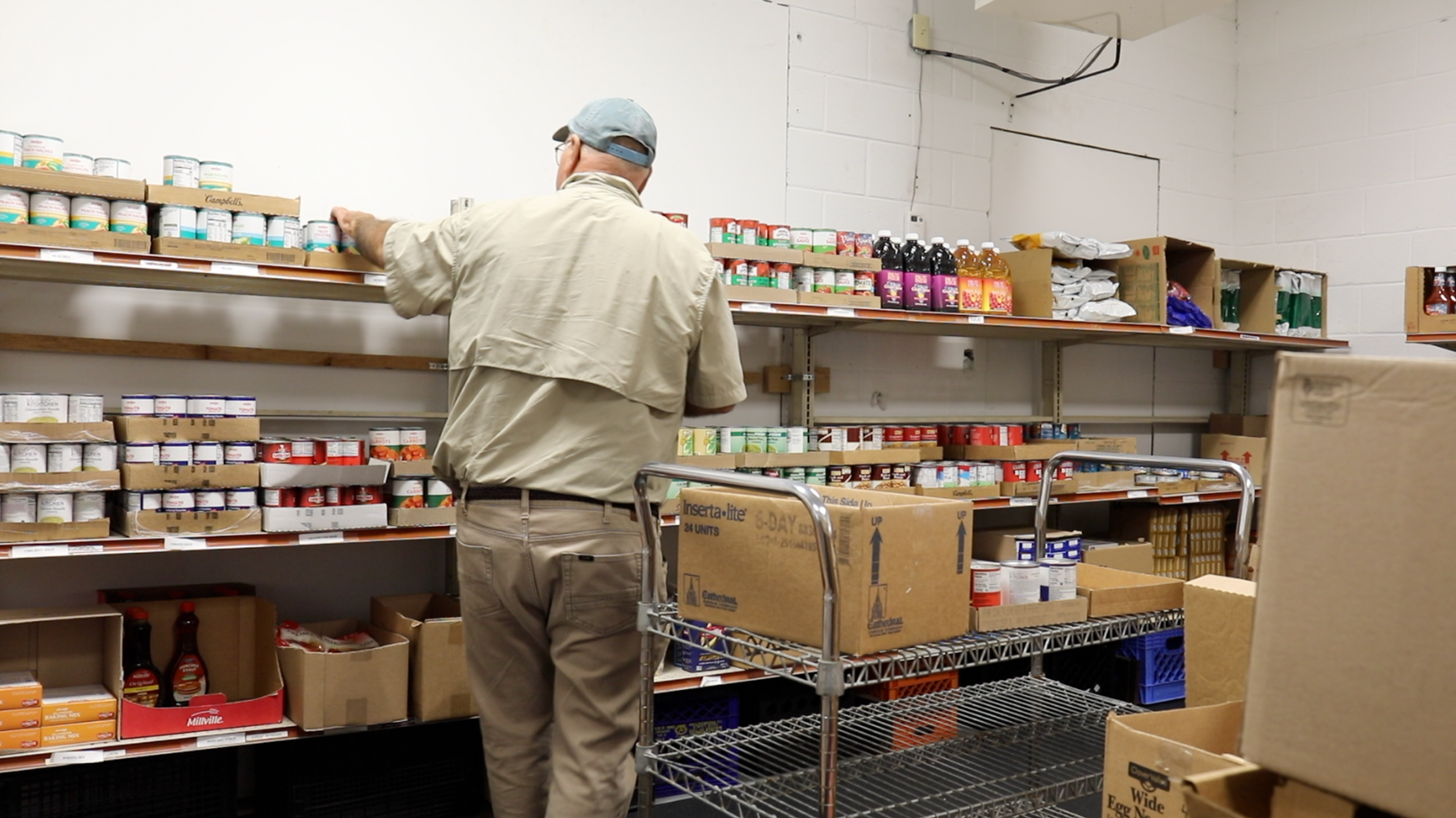Panel: Collaboration Key in Fight against Prescription Opioid Overdose Epidemic
Julie Bitely
| 3 min read

There’s no easy answer to the growing problem of prescription opioid abuse and overdose in Michigan. “This is going to be a long-term issue that’s going to take a long time to turn around,” said Thomas Burns, a special agent with the Drug Enforcement Administration. In the United States, nearly 15,000 people die every year of drug overdoses involving prescription painkillers. That’s more deaths than from heroin and cocaine combined, and more than from motor vehicle traffic accidents. “We see what’s going on every day with the opioid issue,” Burns said. He joined other Kent County leaders at the most recent Health Forum of West Michigan, a monthly gathering sponsored by Blue Cross Blue Shield of Michigan and Blue Care Network, designed to foster open discussion on health topics pertinent to the well-being of the community. Members of the law enforcement, medical, and harm reduction communities participated in a panel discussion about the state of opioid abuse in the region. Burns said a multi-disciplinary approach is necessary. “We can’t prosecute our way out of this, we can’t arrest our way out of this,” he said. Steve Alsum is the executive director of The Grand Rapids Red Project, an organization that focuses on harm reduction for at-risk populations in the community, such as intravenous drug users. He said when it comes to drug abuse, a lot of resources focus on prevention and treatment, but there’s a lot of middle ground. The space between should be focused on how to save lives and improve health, he explained, urging collaboration at all levels. The organization trains people in the community to administer the overdose-reversing drug naloxone. They’ve reported 345 overdose reversals as a result. Red Project workers educate jail inmates through a re-entry program. Alsum said the group also advocates for evidence-based approaches, such as medication-assisted treatment, which helps people step down from a prescription opioid or heroin addiction with the help of drugs such as methadone, buprenorphine or naltrexone. From 2011 to 2015, there were 310 fatal opioid overdose deaths in Kent County. Dr. Mark Hall, medical director for the Kent County Health Department, credits the Red Project for the number not being higher. He said prescription opioids work very well for sufferers of acute pain, but like any drug, can be dangerous if you take too much. “Every drug’s a poison, it’s just a matter of dose,” Hall said. Responding to a drug overdose situation poses unique challenges for law enforcement, said Michelle LaJoye-Young, undersheriff with the Kent County Sheriff’s Department. So far this year, her officers have responded to 37 heroin-related overdoses, with 14 confirmed deaths in Kent County. Heroin use is on the rise as its price is relatively low in comparison to marijuana and cocaine. People often turn to it as it is easier to obtain than prescription opioid drugs. She said officers can experience post-traumatic stress disorder from responding to so many deaths and that the scene itself can be dangerous to work. LaJoye-Young said friends of the person overdosing will call for help wanting to save their friend, but often turn uncooperative and even combative after the fact fearing the legal ramifications. Officers are equipped with naloxone in case they’re the first responders to an overdose and LaJoye-Young said the state’s expansion of the Good Samaritan Law, which extended exemptions from prosecution to individuals of any age when reporting life-threatening overdoses, is a positive step forward. If you’re interested in future Health Forum of West Michigan events, visit their website to register. If you liked this post, you might also enjoy:
Photo credit: Amayzun





